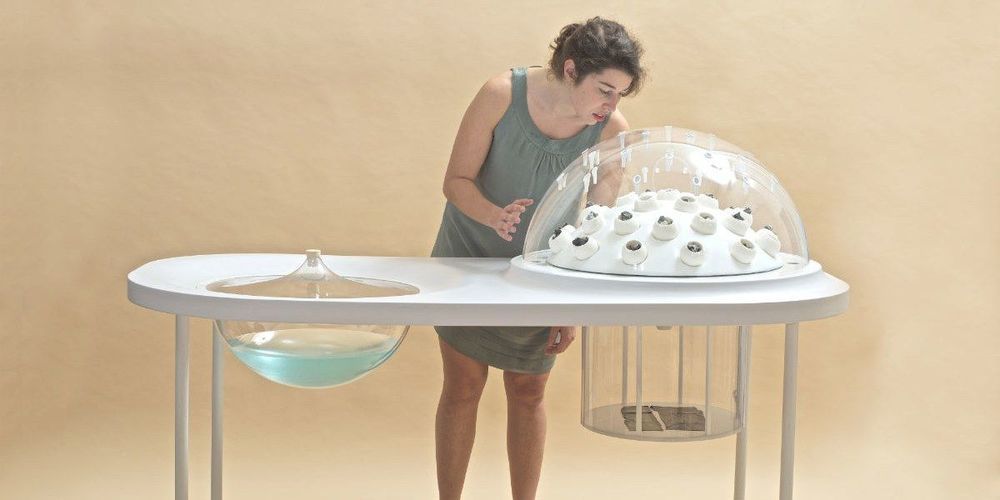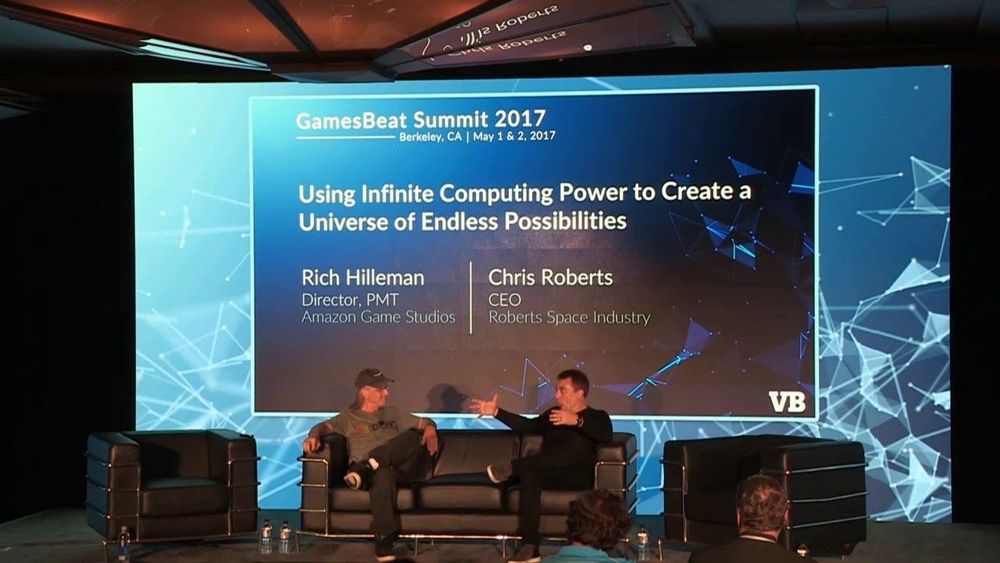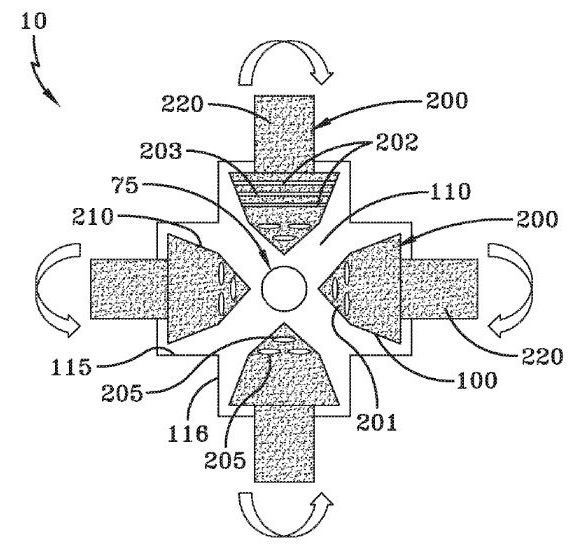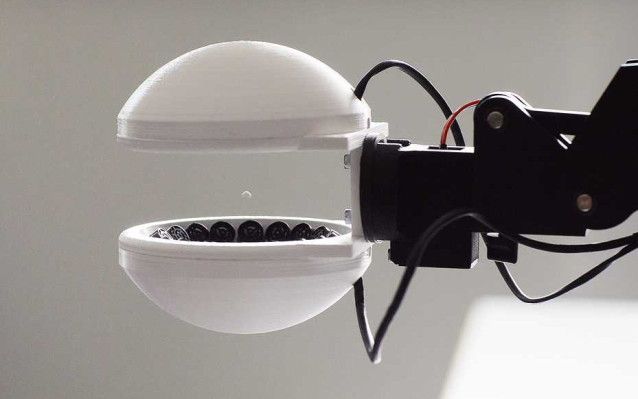Jan 23, 2020
A Mini Farm That Produces Food From Plastic-Eating Mushrooms
Posted by Quinn Sena in categories: materials, sustainability
Circa 2014
According to one recent study, there’s at least 5 trillion pieces of plastic in the ocean. That’s more than 250 tons. So what to do with mountains of plastic waste with nowhere to go? Katharina Unger thinks we should eat it.
The Austrian designer partnered with Julia Kaisinger and Utrecht University to develop a system that cultivates edible plastic-digesting fungi. That’s right, you can eat mushrooms that eat plastic. In 2012, researchers at Yale University discovered a variety of mushroom (Pestalotiopsis microspora) that is capable of breaking down polyurethane. It kicked off a craze of research exploring how various forms of fungi can degrade plastic without retaining the toxicity of the material. The findings got Unger thinking: What if we could turn an environmental problem (waste) into an environmental solution (food)?
Continue reading “A Mini Farm That Produces Food From Plastic-Eating Mushrooms” »
















